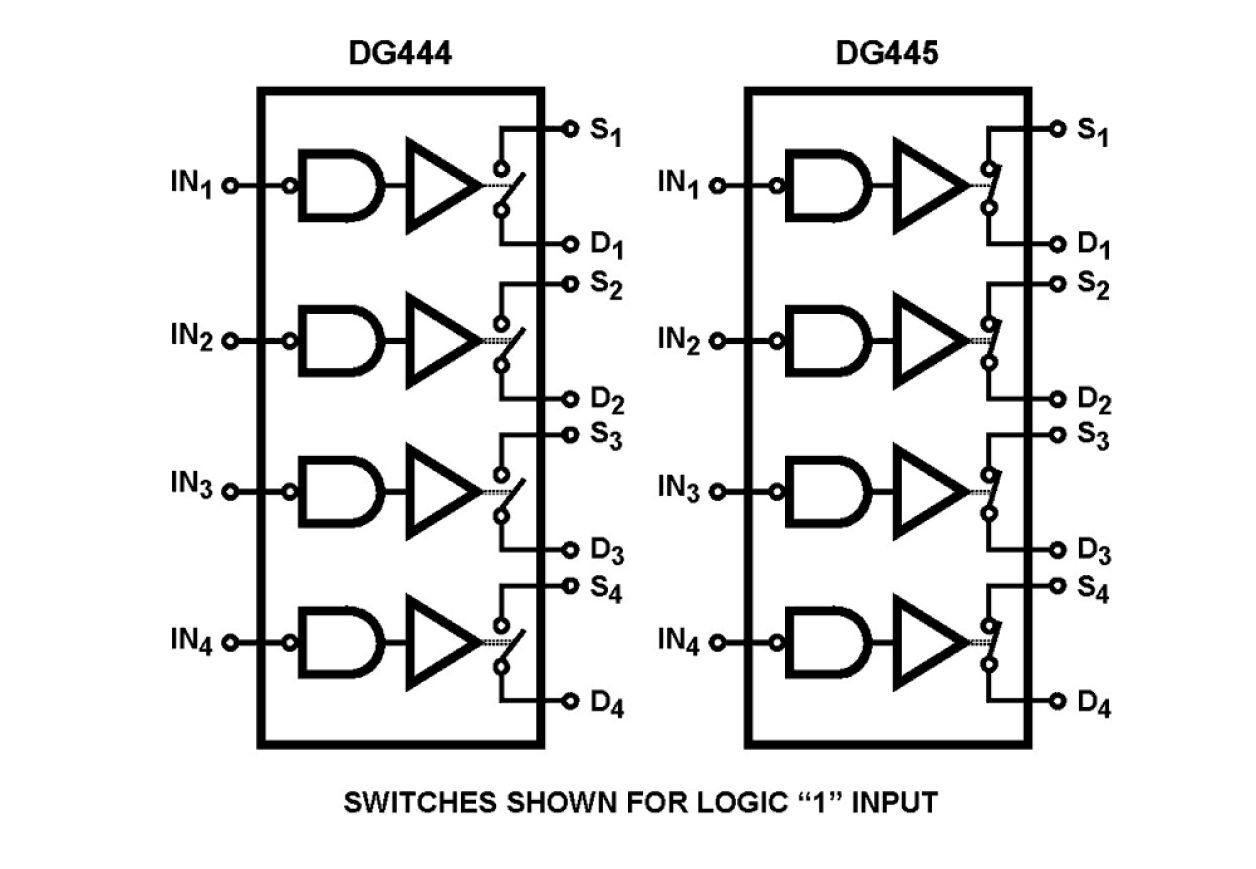封装信息
| CAD 模型: | View CAD Model |
| Pkg. Type: | SOIC |
| Pkg. Code: | MSY |
| Lead Count (#): | 16 |
| Pkg. Dimensions (mm): | 0.39 x 0.16 x 0.0 |
| Pitch (mm): | 0.05 |
环境和出口类别
| Moisture Sensitivity Level (MSL) | 3 |
| Pb (Lead) Free | Yes |
| ECCN (US) | EAR99 |
| HTS (US) | 8542.39.0090 |
产品属性
| Lead Count (#) | 16 |
| Carrier Type | Reel |
| Moisture Sensitivity Level (MSL) | 3 |
| Pitch (mm) | 1.3 |
| Pkg. Dimensions (mm) | 9.9 x 3.9 x 0.00 |
| Pb (Lead) Free | Yes |
| Pb Free Category | Pb-Free 100% Matte Tin Plate w/Anneal-e3 |
| Temp. Range (°C) | -40 to +85°C |
| Country of Assembly | PHILIPPINES |
| Country of Wafer Fabrication | UNITED STATES |
| Channels (#) | 4 |
| Charge Injection (pC) | 1 |
| Configuration | NC |
| Drain Capacitance | 16 |
| IS (mA) | 1.0E-6 |
| Leakage (nA) | 0.08 |
| Length (mm) | 9.9 |
| MOQ | 2500 |
| Pkg. Type | SOICN |
| Price (USD) | $1.28463 |
| Qualification Level | Standard |
| RDS (ON) (Ohms) | 50 |
| Source Cap (pf) | 4 |
| Supply Voltage Vcc Range | 5 to 34, ±5 to ±20 |
| Switch or MUX | Switch |
| TOFF (ns) | 110 |
| TON (ns) | 120 |
| Type of Switch | SPST |
| VCC (Single) (V) | 5 - 34 |
| Width (mm) | 3.9 |
有关 DG444 的资源
描述
The DG444 and DG445 monolithic CMOS analog switches are drop-in replacements for the popular DG211 and DG212 series devices. They include four independent single pole single throw (SPST) analog switches and TTL and CMOS compatible digital inputs. These switches feature lower analog ON resistance (85Ω) and faster switch time (tON 250ns) compared to the DG211 and DG212. Charge injection has been reduced, simplifying sample and hold applications. The improvements in the DG444 series are made possible by using a high voltage silicon-gate process. An epitaxial layer prevents the latch-up associated with older CMOS technologies. The 44V maximum voltage range permits controlling ±20V signals when operating with ±20V power supplies. The four switches are bilateral, equally matched for AC or bidirectional signals. The ON resistance variation with analog signals is quite low over a ±5V analog input range. The switches in the DG444 and DG445 are identical, differing only in the polarity of the selection logic.
